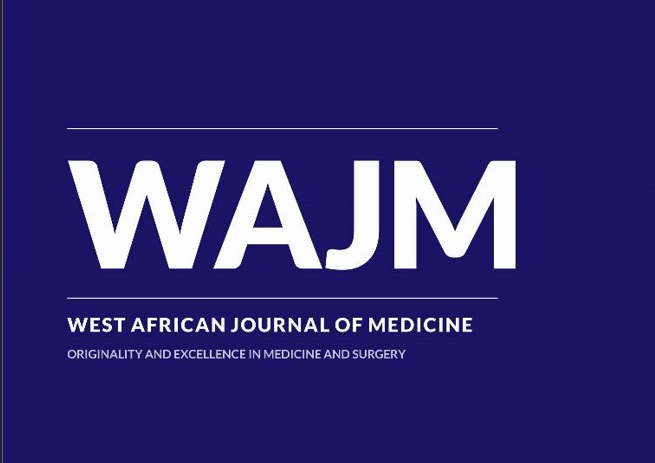ORIGINAL: A 7-Month Review of Clinical and Demographic Predictors of Childhood Mortality in a Tertiary Children Hospital in Freetown, Sierra Leone
West Afr J Med. 2024 July; 41(7): 761–766 PMID: 39356580
Keywords:
Clinical profile, Determinants, Freetown, Paediatric MortalityAbstract
Background: Sierra Leone ranks among nations with unacceptably high infant and under-5 mortality rates. Understanding the clinical and demographic dynamics that underpin paediatric mortalities is not only essential but fundamental to the formulation and implementation of effective healthcare interventions that would enhance child survival.
Subjects and material: This was a 7-month review of all mortalities from May 24th 2021 to December 31st 2021 at Ola During Children's Hospital in Freetown, Sierra Leone. Information on biodata, presenting complaints, illness duration, diagnoses, treatment given inclusive of point-of-care investigations, and duration of hospital stay retrieved from all mortalities were entered into Excel spreadsheets and were analyzed using SPSS version 25.0 for IBM. Multivariable regression analysis was done to determine factors independently associated with mortalities within 24 hours of admission. All associations were considered significant if p < 0.05.
Results: There were 840 deaths out of 5920 children admitted during the period giving a mortality of 14.2% with a male-to-female ratio of 1:1. Three hundred and four (36.2%) of these deaths occurred in the neonatal age group while 63.8% occurred in the post neonatal age group. Perinatal asphyxia was the leading cause of neonatal deaths while acute respiratory infections and severe malaria were the leading causes of post neonatal deaths. The majority (64.8%) of the mortalities occurred within the first 24 hours of admission. In a multivariable regression, only transfusion status and use of respiratory support were independently associated with mortality within 24 hours of admission (P<0.05).
Conclusion: Paediatric mortality in Sierra Leone is high and is caused mainly by preventable morbidities such as perinatal asphyxia and infections. Most of the deaths occurred within 24 hours of admission. It is recommended that patients should be brought to the hospital early and preventive measures be instituted to address these causes.


